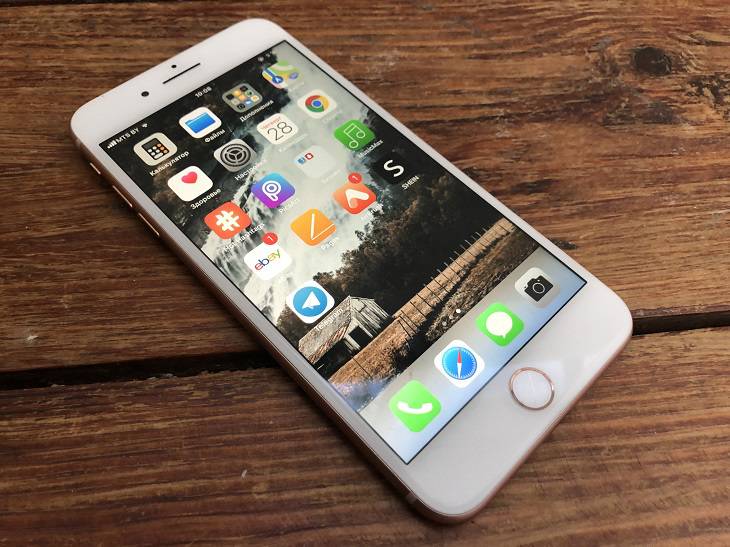How not to make a mistake when choosing a smartphone: expert advice
When choosing a new smartphone, more and more people pay attention to the beautiful design and screen size, but do not pay attention to the specifications.
As a result, they buy a device with a small amount of memory, a bad camera and a battery that lasts literally one day.
So how to avoid these mistakes, you will learn about this now.
There is no such thing as too much RAM
Many buyers are sure that the more RAM in the phone, the better. But there is no point in overpaying for a large amount of memory, since RAM from 4 to 8 GB is quite enough for games and everyday tasks.
The more megapixels a camera has, the better.
Previously, when the number of megapixels in phones did not exceed 3 MP, their number mattered, since the photos were obtained with low detail, and, accordingly, low quality.

Now, when smartphones have 48 and even 108 megapixels, there is no point in chasing their quantity, for the reason that they have practically no effect on the quality of photos, but they do affect the resolution - the more megapixels, the higher the resolution of the photo.
Therefore, the only thing worth paying attention to is:
• The size of the sensor (matrix). The larger the matrix, the better the image.
• The aperture of the lens (the opening through which light passes to the matrix), which is designated by the letter f. The lower the aperture number, the larger the aperture of the lens, which means the better the quality of the photographs will be in low-light conditions.
The higher the screen resolution, the better the picture quality.
The quality of the image, as well as its brightness and saturation, depend not on the screen resolution, but on the technology of its production.
Today, the most common types of screens are:
• IPS matrices (liquid crystal). They are found in most modern smartphones and are distinguished by an acceptable price, good viewing angles and realistic color rendering.
• Amoled screens based on organic light-emitting diodes. Their distinctive feature is low energy consumption, rich color rendering and deep black color. Such screens are usually installed on top smartphones.
As for resolution, it only affects the clarity of the picture.
The larger the battery capacity, the less often you will have to charge your smartphone
Battery capacity does affect battery life, but it's important to understand that battery power is also used to keep the screen bright.
That is, if you take two smartphones with the same battery capacity, but with different screen diagonals, the battery will drain faster in the smartphone with the larger screen.
Therefore, in this case, it is worth paying attention not to the battery capacity, but to the duration of autonomous operation declared by the device manufacturer.
We hope that our recommendations will help you choose a smartphone that will not only serve you for many years, but will also perfectly cope with the tasks at hand.
